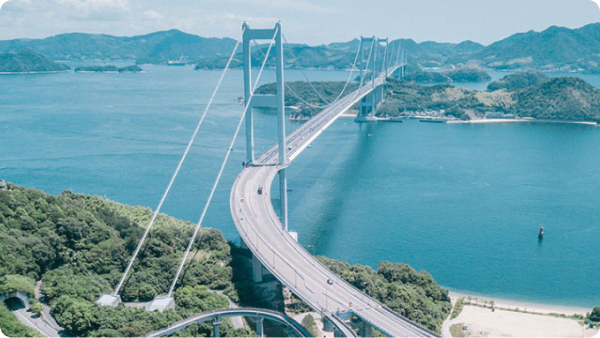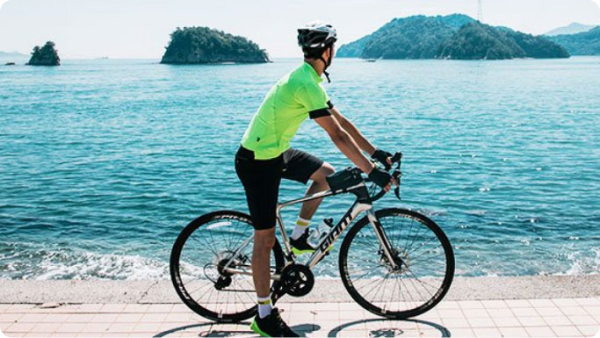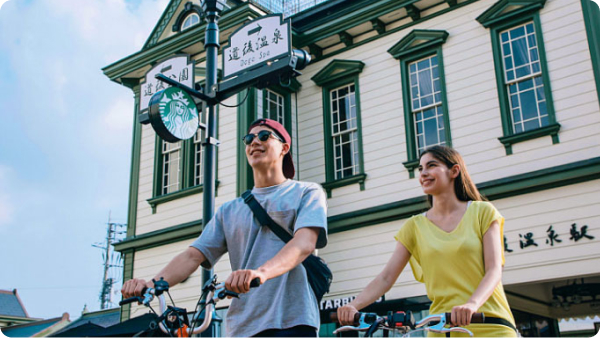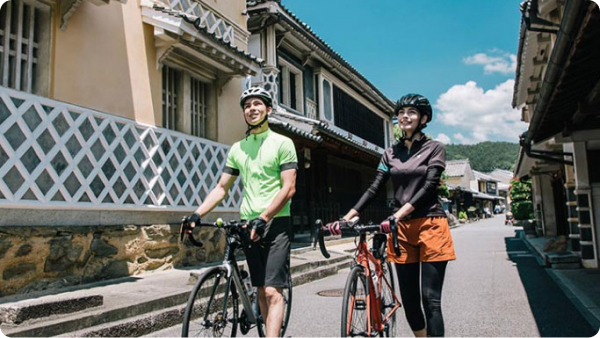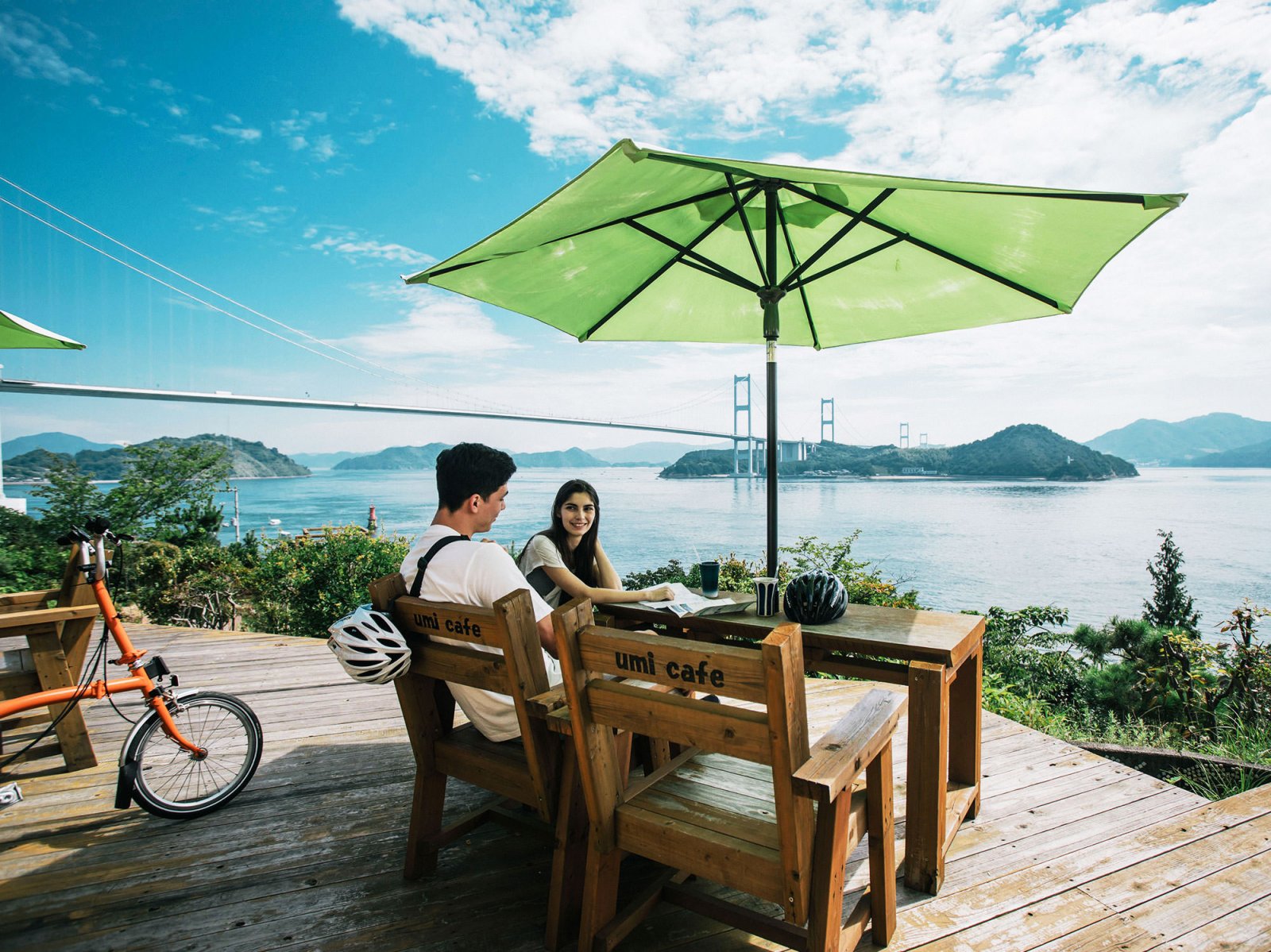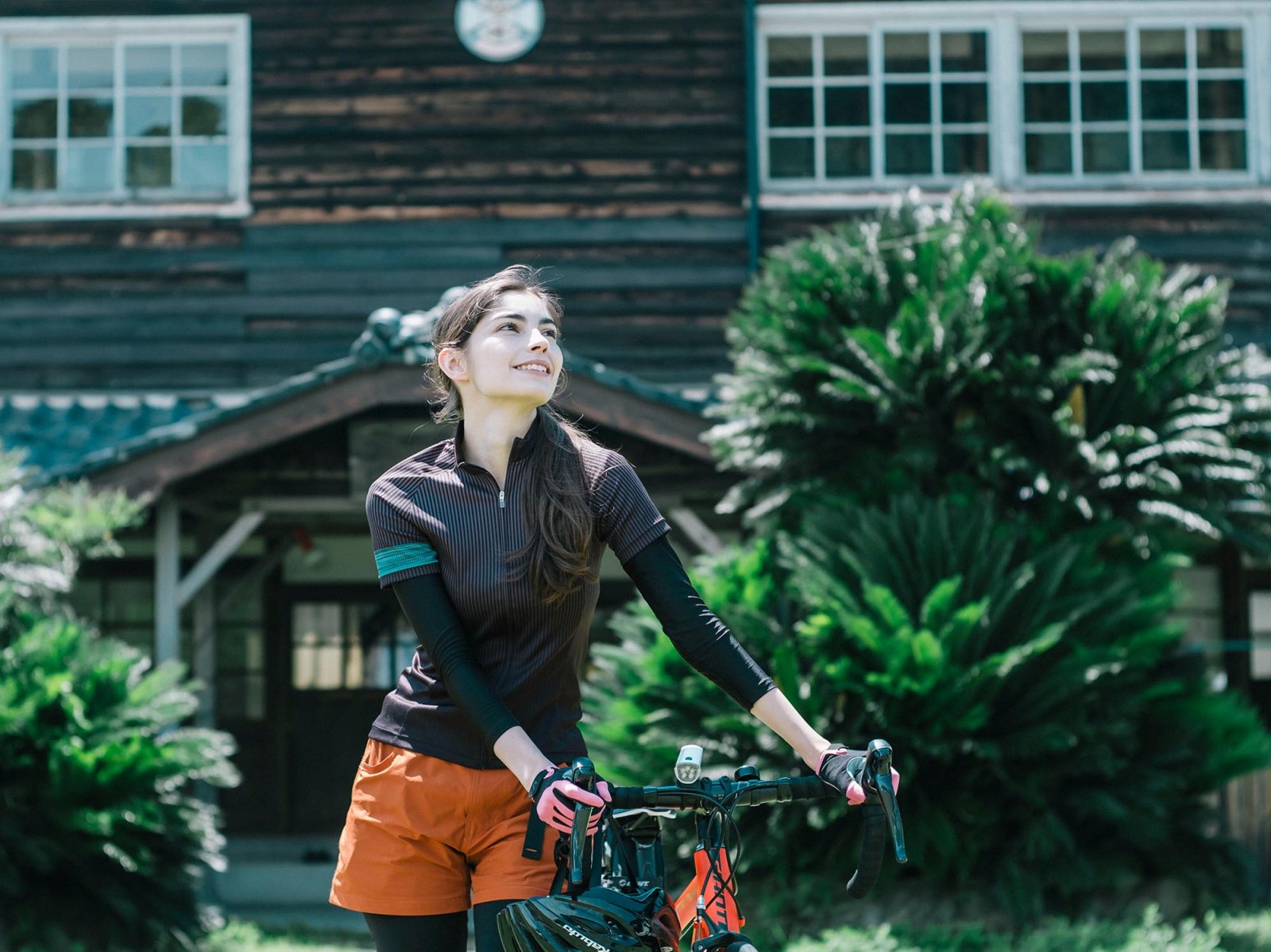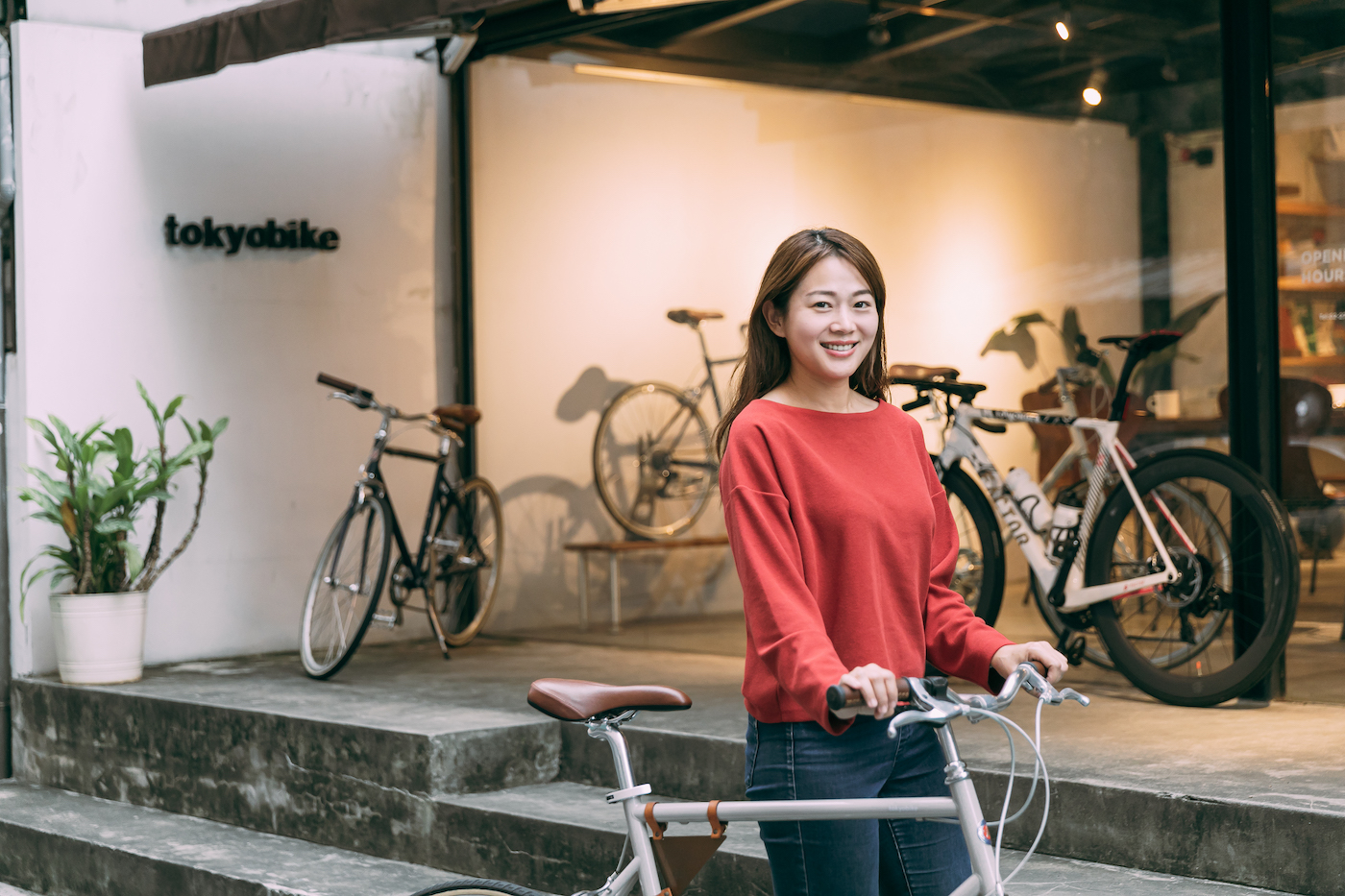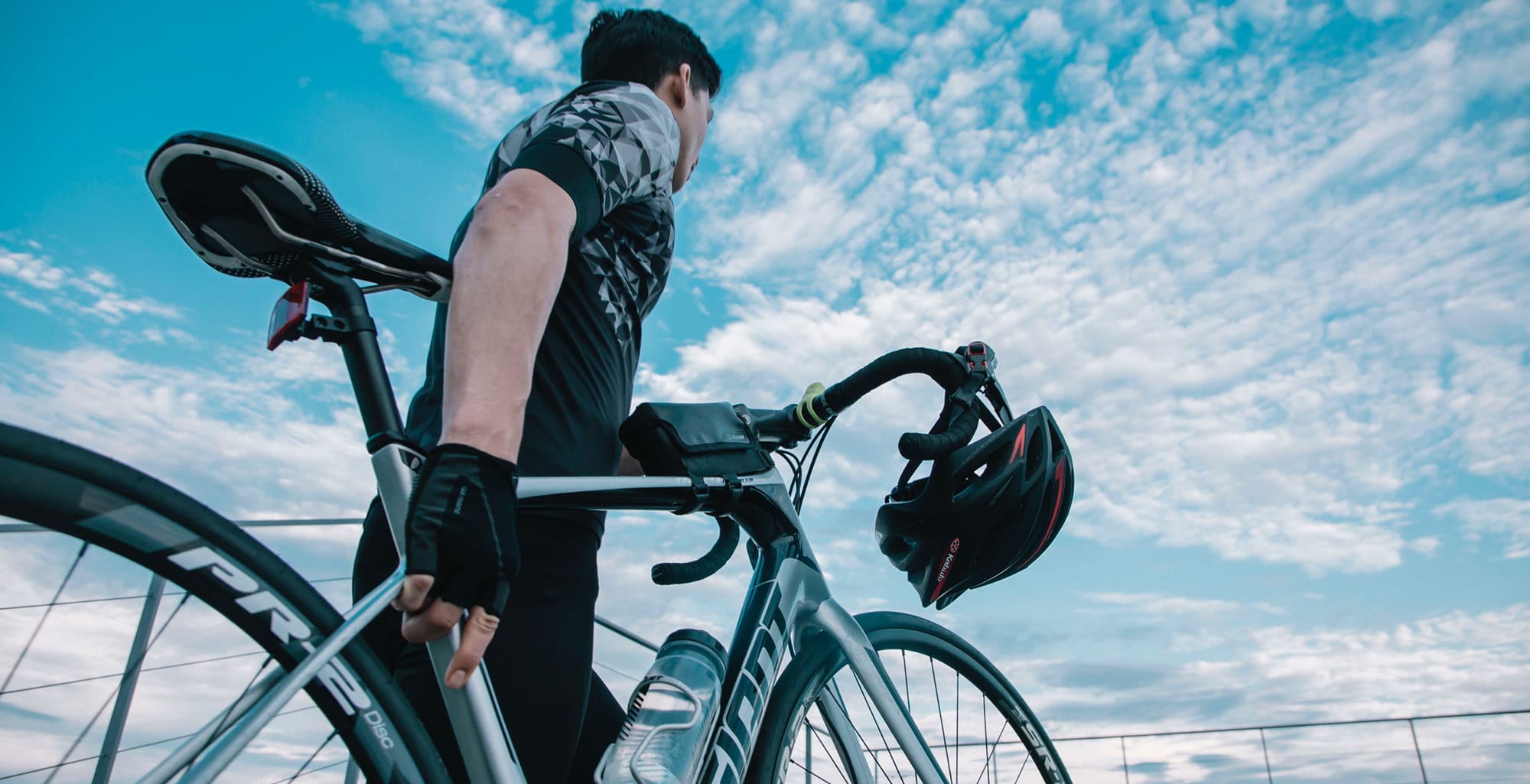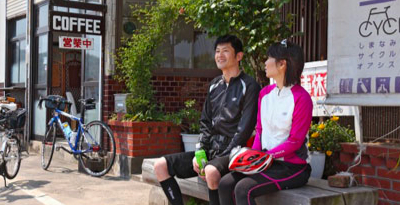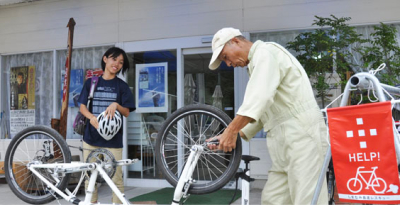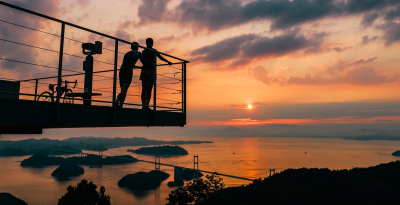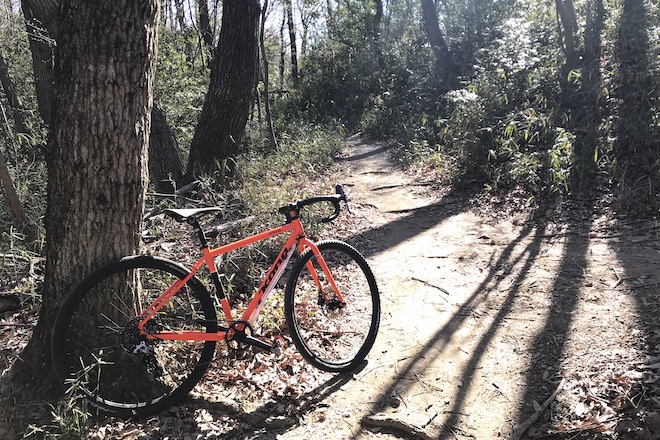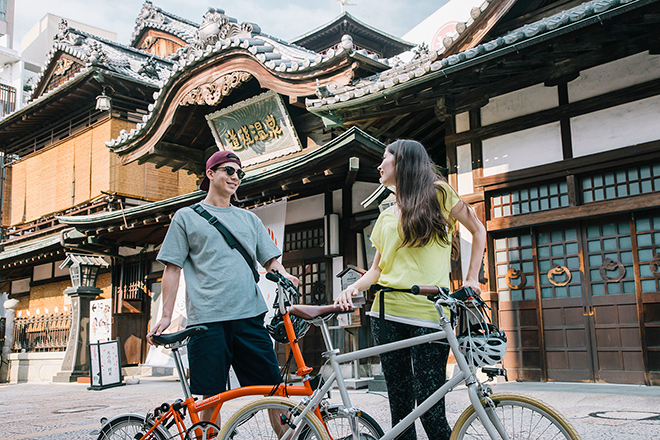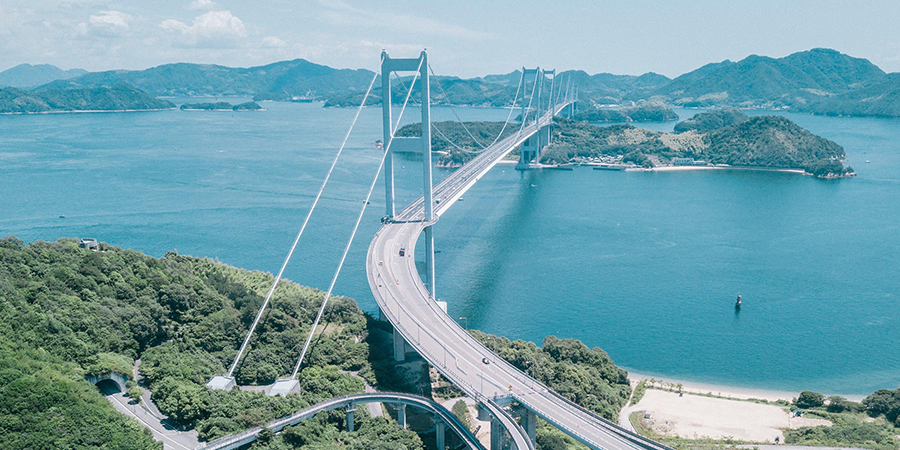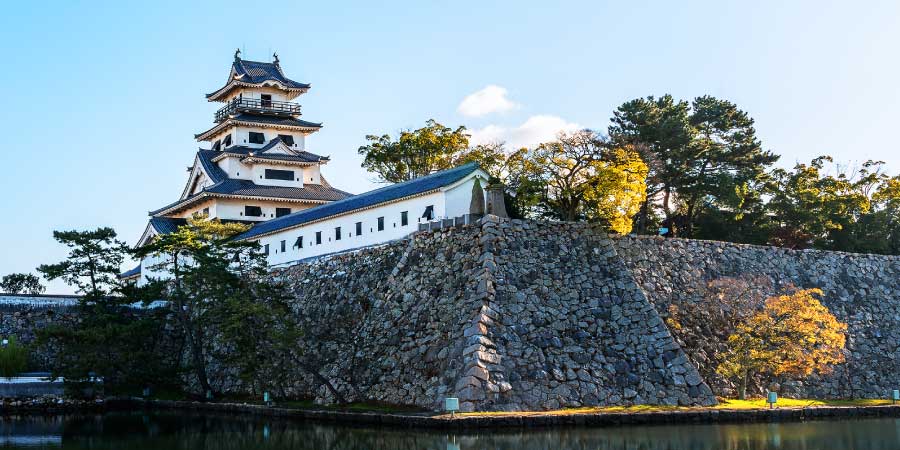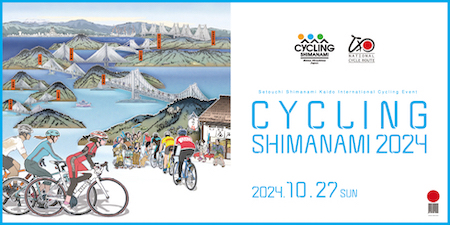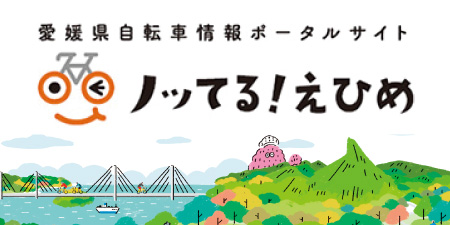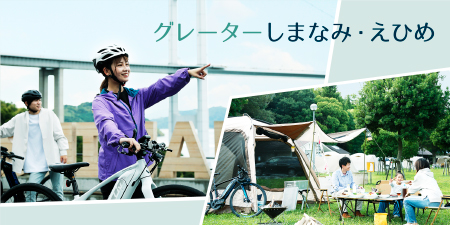An island-hopping bicycle trip on the Shimanami Kaido recommended by Wei Hua Hsuan
An island-hopping bicycle trip on the Shimanami Kaido recommended by Wei Hua Hsuan
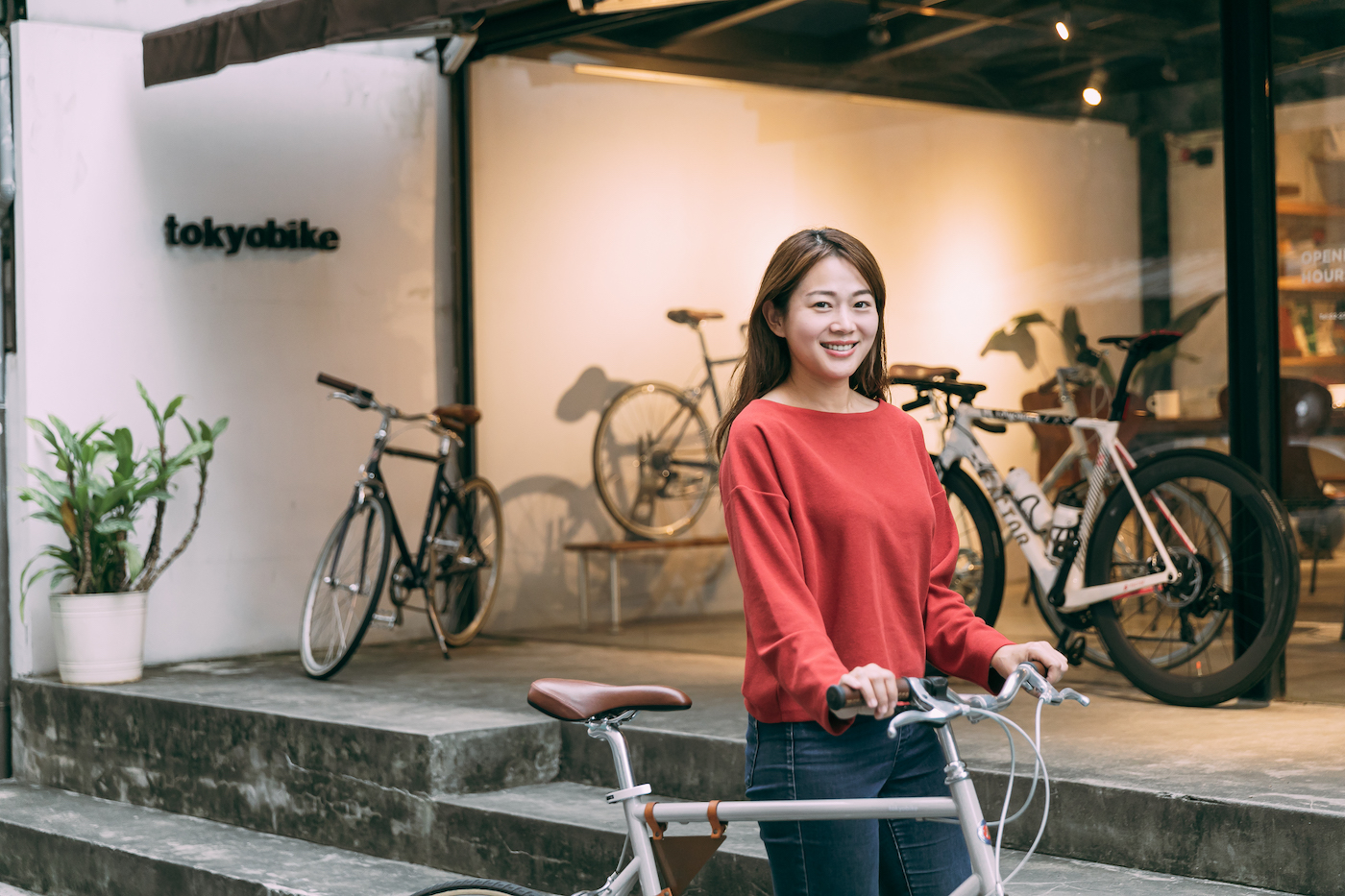
Wei Hua Hsuan worked as a newscaster in Taiwan, but quit her job and began carrying out activities as a cyclist 12 years ago. Looking back on the days when she was busy chasing after scoops and putting together stories in time for broadcasts, she notes that cycling has taught her to slow down and live life. Since taking up cycling, she says her restless, single-minded character has considerably changed.
She has visited Japan several times for cycling and traveled by bicycle from the northernmost part of the country, Hokkaido to the southernmost, Okinawa. She has also published a book titled, “GO! Travel Japan by Bicycle” that is based on her own experiences cycling the country.
When asked what cycling trips are particularly memorable, she immediately answers, “Cycling the Shimanami Kaido in Ehime Prefecture.” Wei has an abundance of experience, so we asked her about the allure of cycling trips in Japan and how to enjoy the Shimanami Kaido.
The cycling culture in Japan, a true cycling paradise
Wei says the nature she has encountered, communities she has experienced, and numerous memories she has made while cycling have fed her soul. She has a great love for traveling by bicycle, so we asked how she views the cycling culture in Japan.
Wei: The cycling environment in Japan is amazing. Everything is developed, from route design to traffic rules and road signs. Even foreigners can cycle in comfort and safety.

Wei Hua Hsuan
Wei: It’s also great because in Japan there are distinctive cycling routes developed in each prefecture. For example, there are places such as restaurants run by farmers, seaside cafés, little-known caves, and reef landscapes. You’re free to make side trips on a bicycle that can easily go anywhere. I’m charmed by various attractions like scenery and food culture unique to a location, and have visited Japan many times.
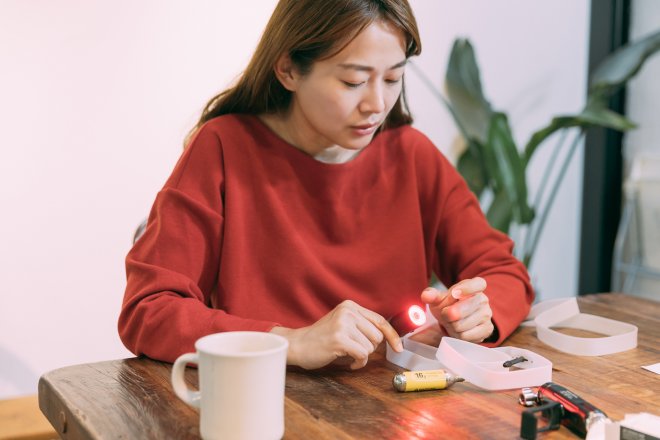
“If you are a beginner cyclist, make sure you have all the right equipment before you leave," said Wei. For example, a tail light will help you to be recognized by cars behind you even at night.
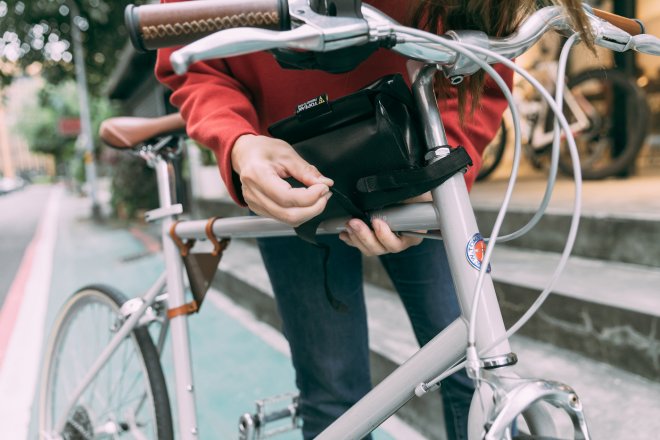
Tools are carried in a bag and attached to the bike to reduce the physical burden on the body.
The Shimanami Kaido is a canvas of blue sea and sky
Wei has visited the Shimanami Kaido in Ehime Prefecture three times. The Shimanami Kaido is a 70-kilometer road with seven bridges that connects six islands floating in the Seto Inland Sea. It spans from Imabari in Ehime Prefecture to Onomichi in Hiroshima Prefecture, and features car, bicycle, and pedestrian lanes.
The bicycle lanes either run parallel to the car lanes, or are split into upper and lower levels, and special bicycle routes are established. There are even gently sloped approaches specifically for bicycles. Cyclists will find the Shimanami Kaido offers a variety of landscapes, including the deep-blue sea, hills, and mountain ranges. There are international cycling competitions every year, too. Cyclists come to cycle the area not only from Taiwan, but around the world.
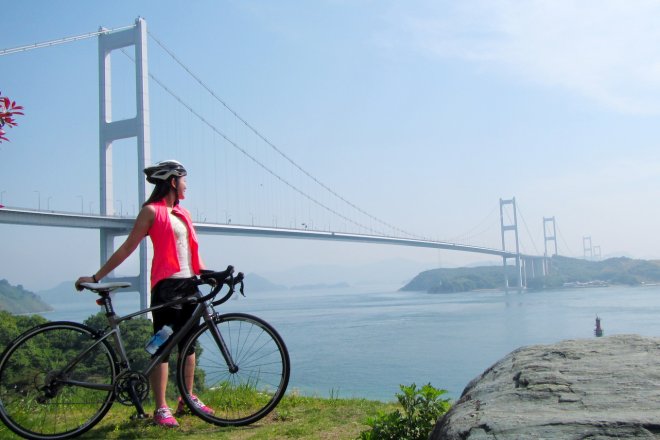
The Shimanami Kaido is one of the “Seven Best Bike Routes in the World” selected by America’s CNN travel information website. (photo courtesy of Wei Hua Hsuan)
Wei: The Shimanami Kaido is suitable for any season since the temperature is warm and it doesn’t rain much, but personally I think fall is the best. Your mind opens up while you pedal and soak up the sun’s soft sun rays, fanned by the mild sea breeze. It wipes away your day-to-day worries.
Plus, cycling on the Shimanami Kaido is easy for beginners. The inclines are gentle and the routes easy to understand. There are lots of rental cycle terminals on the route, so if you get tired along the way, you’re free to return the bicycle to a terminal and catch a bus. There are also e-bikes for rent, so even people who aren’t confident in their stamina can easily cycle hills and against the wind.
Besides, there is a service called Shimanami Toso Rescue just in case your bicycle breaks down. You can get a flat tire repaired at places such as gas stations and call a “rescue taxi” that will carry your bicycle. There’s a full system in place to assist you.
The people I’ve met so far on the Shimanami Kaido include a young couple with their six-year-old child in tow and an 84-year-old man leisurely enjoying cycling. The Shimanami Kaido is a route where people of all ages can experience the mountain and sea, and communicate with the great outdoors.
Set out for a two-day, one-night trip on the Shimanami Kaido from Imabari
Here, we introduce the route Wei recommends to people who want to fully immerse themselves in the local attractions while cycling on the Shimanami Kaido.
Wei: The course I suggest starts from Imabari in Ehime Prefecture. The city faces the Seto Inland Sea and has prospered since long ago as a key place for sea traffic. In the Edo period (1603–1868), the city developed around Imabari Castle. Today, shipbuilding and towel manufacturing are successful industries. Imabari is the home to Iori, a globally famous towel brand. The towels feel soft and are very absorbent, so they’re also a favorite of mine.
In Imabari, you have to stop by the Towel Museum. Inside there are displays of luxury fabrics and threads, and you can tour the spinning production line. There’s also a beautiful European-style garden. On a previous visit I bought a decorative strap of the PR character for Imabari, “Barysan.” Even now it hangs from the back of my bicycle seat as my travel companion.

The Towel Museum has the atmosphere of a European country town. (photo courtesy of Wei Hua Hsuan)
Finally, start island hopping on the Seto Inland Sea
Wei: There are several places in Imabari where you can rent a bicycle, such as Imabari Ekimae Cycle Terminal. Another is Sunrise Itoyama near Kurushima Kaikyo Bridge, the first bridge on the island-hopping trip. At the terminal, you’ll find Shimanami Kaido cycling maps available in multiple languages.
The observation deck in Itoyama Park, very close to Sunrise Itoyama, is a must-see spot. The entirety of the Kurushima Kaikyo Bridge successively linked by three giant suspension bridges blends with the view of the sea to form an exciting and impressive sight.

Sunrise Itoyama
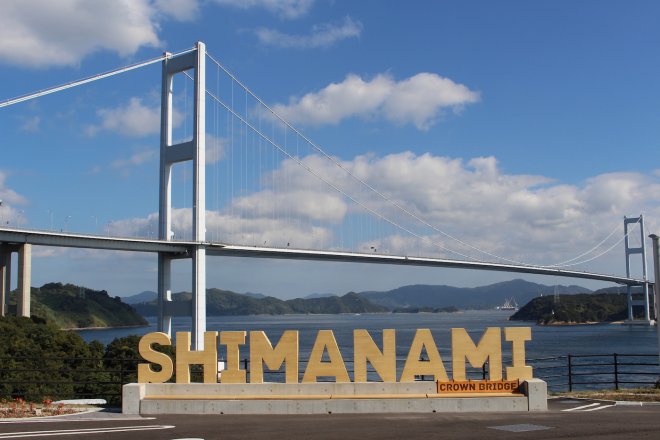
Kurushima Kaikyo Bridge
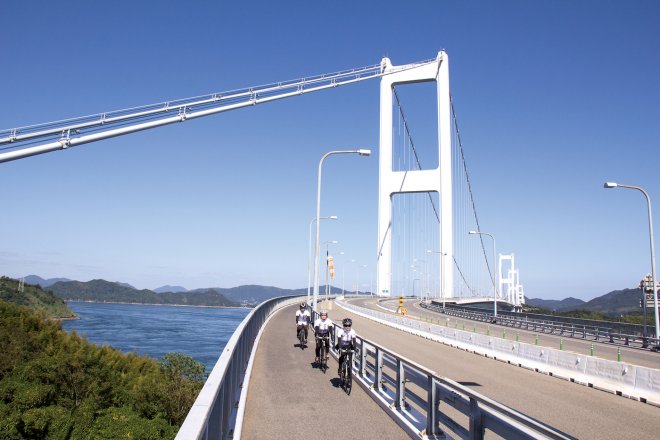
The Kurushima Kaikyo Bridge has a gently sloped entryway for bicycles.
Wei: After crossing the Kurushima Kaikyo Bridge and reaching the island of Oshima, you might want to take a small detour to Yoshiumi Rose Park. It has 3,500 rose bushes of 400 varieties from all over the world, and you can enjoy different roses in different seasons from mid-May to late December.
At Hakatajima, the island after Oshima, you’ll discover lots of local foods. My first recommendation is Hakata salt soft-serve ice cream made from the local product, Hakata Salt. Sold at Roadside Station Hakata S.C. Park Marine Oasis Hakata, the ice cream is mixed with Hakata Salt and further topped with salt. The mild saltiness brings out the sweetness of the ice cream. It’s perfect for a sweet and salty pick-me-up when you’re out cycling.
At the same Hakata S.C. Park, you can also try the “yakibuta tamago meshi” (roast pork and egg on rice) that I strongly recommend. White rice is flavored with a salty-sweet sauce, then topped with roast pork, green onion, and a soft boiled egg. Though simple, it’s a memorable flavor that brings a smile to your face.
When the sun goes down, get a good night’s sleep at a guesthouse on Hakatajima. You can also take in the seaside air and nighttime view on the small island.
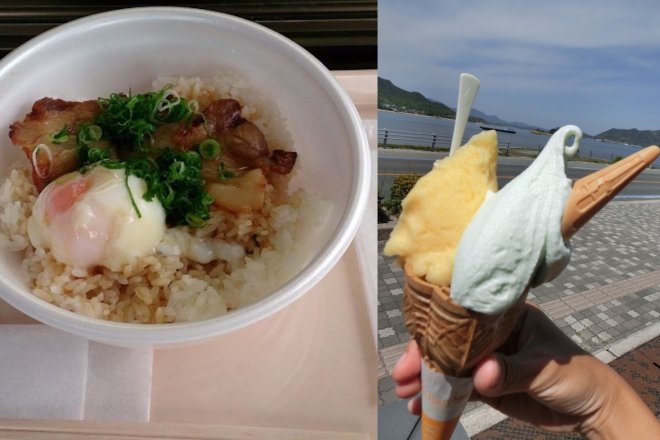
“Yakibuta tamago meshi” (left) and Hakata salt soft-serve ice cream (right) (photo courtesy of Wei Hua Hsuan)
Day Two: Visit Omishima, the largest island on the Shimanami Kaido
Wei: On day two, explore Omishima, which is the largest of the islands on the Shimanami Kaido and has many things to see. When spring flowers are in bloom, I recommend Omishima Fuji Park. Every year from late April to early May when the wisteria trellises are in full bloom, you’ll see a gorgeous sight that looks just like a waterfall of flowers.

Wisteria in full bloom at Omishima Fuji Park (photo courtesy of Wei Hua Hsuan)
Wei: Also, right next door is Oyamazumi Shrine that has a history of venerating the gods of the sea, the mountains, and war. It has been a famous religious site since ancient times, and is also the head shrine of Yamazumi and Mishima shrines that number more than 10,000 throughout Japan. Long ago, well-known warriors from all over came to pray for victory in battle.
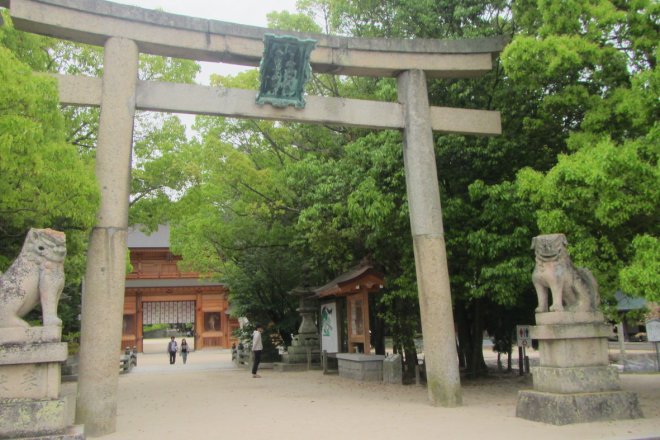
Oyamazumi Shrine (photo courtesy of Wei Hua Hsuan)
Wei: If you’re interested in culture and the arts, you should visit the Toyo Ito Museum of Architecture, Imabari. There, you can see architectural works by the Japanese architect, Toyo Ito who was awarded the Pritzker Prize, called the Nobel Prize of architecture. Also, check out the contemporary art museum, Tokoro Museum Omishima. I think you’ll enjoy the fusion of artwork and the natural landscape.
When I visited Omishima Island, I went to Tatarashimanami Park at the base of Tatara Bridge that leads to Ikuchijima Island. I bought mandarin oranges and fresh grilled oysters from a local fisherman to eat on the road. Eating delicious food while looking out on the seascape was a treat for myself.

Toyo Ito Museum of Architecture, Imabari (photo courtesy of Wei Hua Hsuan)
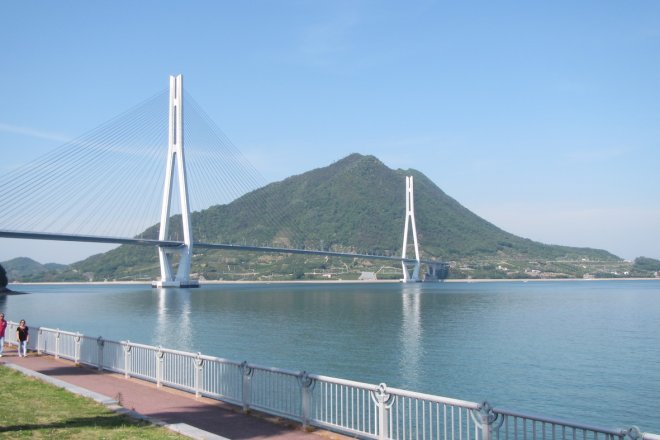
The Tatara Bridge connects Omishima Island in Ehime Prefecture and Ikuchijima Island in Hiroshima Prefecture. The best place to see the entire bridge is at Tarara Shimanami Park. (photo courtesy of Wei Hua Hsuan)
The many ways to have fun include Tobishima Kaido, which links to nearby islands
After finishing the two-day, one-night island-hopping trip, cyclists can go back to Ehime Prefecture or head to Hiroshima Prefecture. Wei says, “You should travel around the Seto Island Sea however you like.”
Wei: The Shimanami Kaido area has everything—nature, food, arts, and culture, so it’s just right for beginner cyclists.
If you venture further to the surrounding islands from the Shimanami Kaido, there are the Tobishima Kaido and Yumeshima Kaido cycling routes. I recommend 18 cycling routes in Japan in my book, “GO! Travel Japan by Bicycle.” They include Tobishima Kaido, which links Okamura Island to the west of Omishima Island and the city of Kure in Hiroshima Prefecture. There are many merchant homes and old buildings, so the route lets you enjoy a nostalgic aura.
When you travel by bicycle wherever your heart takes you, you’re sure to discover the quiet, leisurely island lifestyle, find your own special scenery, and have a variety of experiences in Ehime.
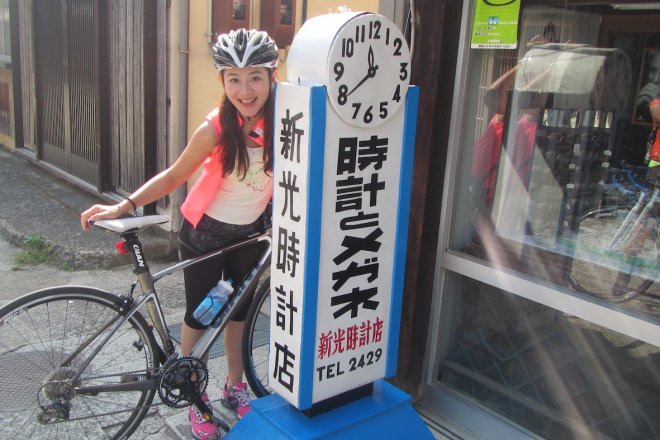
Ms. Wei during her visit to the Tobishima Kaido (photo courtesy of Wei Hua Hsuan)

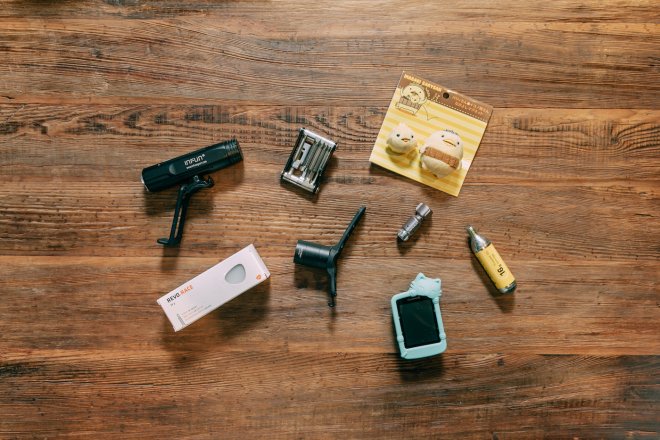
(from left) Tail light, inner tube, hexagonal wrench, pump, "Barysan" decorative strap, air nozzle, sat nav, air cylinder
INFORMATION
The two-day, one-night cycling route on the Shimanami Kaido recommended by Wei Hua Hsuan
Day One
Breakfast→Towel Museum→Imabari Castle, lunch→Sunrise Itoyama→Itoyama Park→ Kurushima Kaikyo Bridge→Kirosan Observatory Park→Yoshiumi Rose Park→Hakata-Oshima Bridge→Hakata S.C. Park→dinner, stay overnight on Hakatajima Island
Day Two
Breakfast→depart Hakatajima Island→Omishima Bridge→Tatarashimanami Park→Omishima Fuji Park→Oyamazumi Shrine→lunch→Tokoro Museum Omishima→Toyo Ito Museum of Architecture, Imabari→travel to Imabari, Ehime Prefecture by boat (or, go to Onomichi, Hiroshima Prefecture)
Articles you might like
Related Routes & Destinations
We use cookies on this site to enhance your user experience. If you continue to browse, you accept the use of cookies on our site. See our cookies policy for more information.





